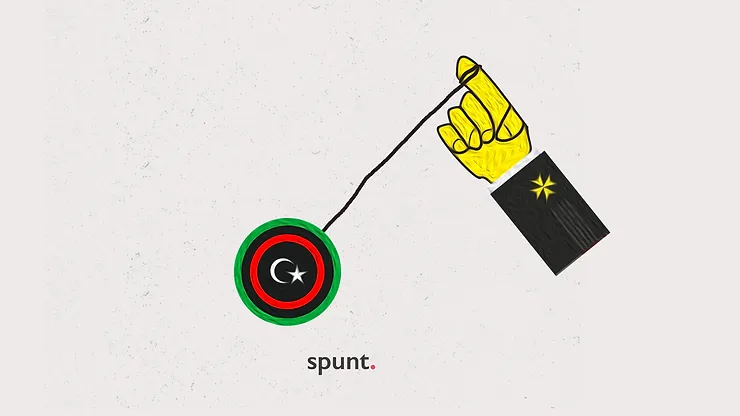We often forget it, but Tripoli is the closest capital city to Malta. Today we look at the love-hate relationship between Malta and Libya.
Malta and Libya throughout history
It’s 1969, and Malta is negotiating a deal with the reluctant British. 355 miles down south, another struggle is unfolding, as Colonel Muammar al-Gaddafi successfully overthrows the pro-Western Libyan King Idris. Malta is amongst the first countries to recognise the new regime in Libya.
The start of a new relationship
Gaddafi offered a ‘third way’ in the bi-polar Cold War world. The Colonel wanted a Mediterranean free from superpower influence, Malta included. What initially started as bargaining leverage, ties with Gaddafi’s Libya became one of Mintoff’s Malta largest partners, filling the economic gap that Britain left behind, and facilitating Malta’s transition from subordination to non-alignment.
A series of financial agreements
What started out as a €20 million loan in 1975, by the early 80s, Libya was involved in several local enterprises including the Marsa Shipbuilding, Medelek, Mediterranean Power Electric, Air Mediterranean Ltd. Libya also planned to double its imports from Malta, and offered to meet all the Maltese oil demands at a subsidised price.

Closer ties beyond money
Malta remained neutral regarding the Arab-Israeli dispute, a crucial point for Arab Leader Gaddafi. Both leaders pursued a foreign policy of ‘nonalignment’ in the Mediterranean. On Freedom Day, Gaddafi promised “unlimited” military support to Malta. Libyan military presence in Malta became increasingly evident.
Both leaders claimed that their people shared a common Phoenician ancestry. Mintoff did not deny rumours of a proposed Malta-Libyan union. Libya planned to build a culture centre, a mosque and a bank on Maltese soil. A dedicated Libyan station ran on Maltese airwaves. The teaching of Arabic in secondary schools was also started.
Rough patches
Malta granted oil drilling rights to Texaco on the sea-bed south of Malta, irritating Libya, who considered the area as Libyan territory. Libyan gunboats intervened to stop SAIPEM II, an oil rig on loan from Texaco. The clash was eventually taken to the International Courts. In a case of international tit-for-tat, Malta took down the Libyan radio station after its rhetorical attacks against Israel and Egypt.
In early 1980, a bomb was planted at the Libyan Arab Airlines office in Valletta and Maltese task force units searched Libyan residences.
Libya sponsored numerous terrorist attacks across Europe. The final straw was a bomb explosion on a flight from Rome to Athens, killing four passengers. In April 1984, the US attacked Tripoli and Benghazi in retaliation. PM Karmenu Mifsud Bonnici condemned the actions. The attacks were also deplored by the Netherlands, France, and Greece. Mifsud Bonnici openly declared that Malta had warned Libya about the US attacks, saving Gaddafi’s life when the Maltese radar alerted the Libyan authorities.
Lockerbie and Fatih Shaqaqi
A Pan Am 103 flight over Lockerbie exploded in 1988. Scottish investigators claimed the bomb originated from the Libyan Airlines Office in Luqa, and accused Malta for loose controls. US investigators deemed this improbable, and Malta denies these claims to this day.

Relations between Malta and Libya deteriorated further after the assassination of the Palestinian jihadist leader, Fatih Shaqaqi, in front of the Diplomat Hotel in Sliema in 1995 by the Israeli Mossad. When Malta finally joined the EU in 2004, it marked a definitive shift towards a European-centric foreign policy.


Leave a Reply